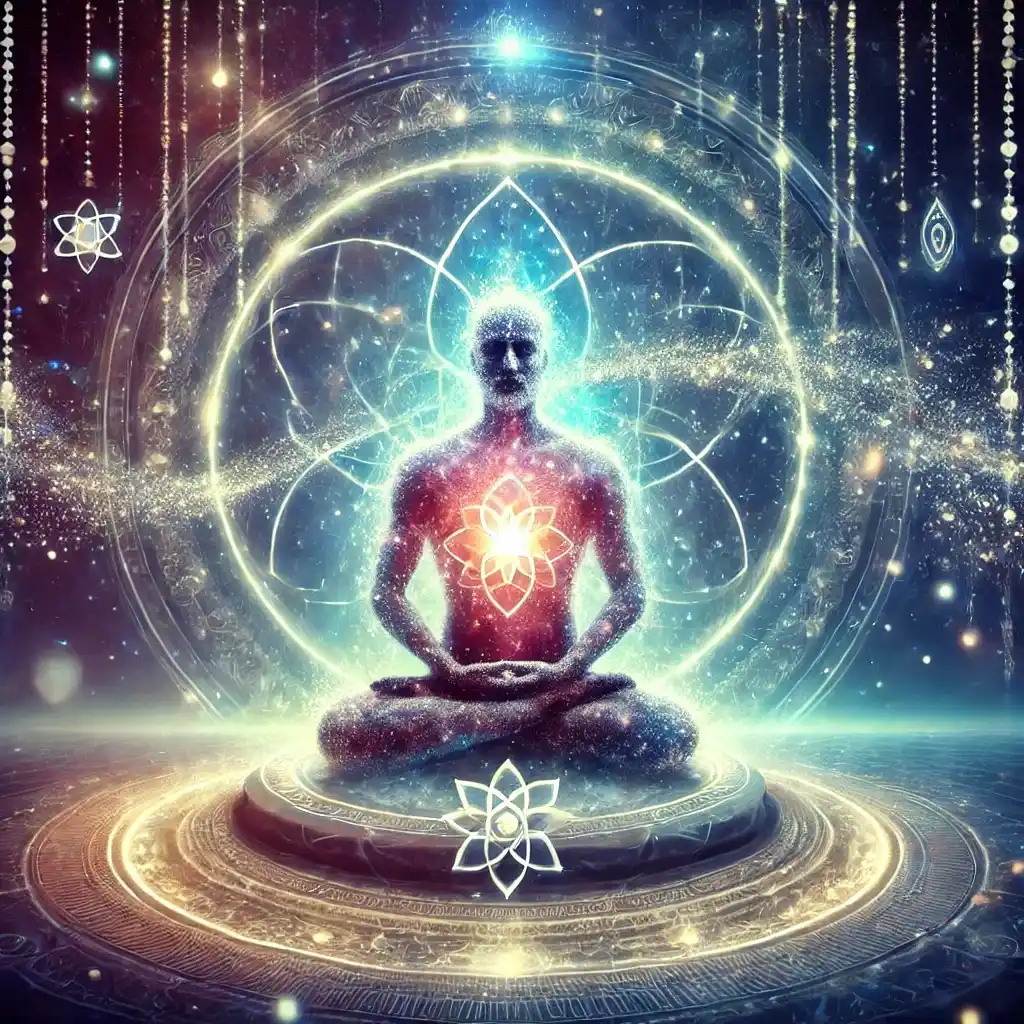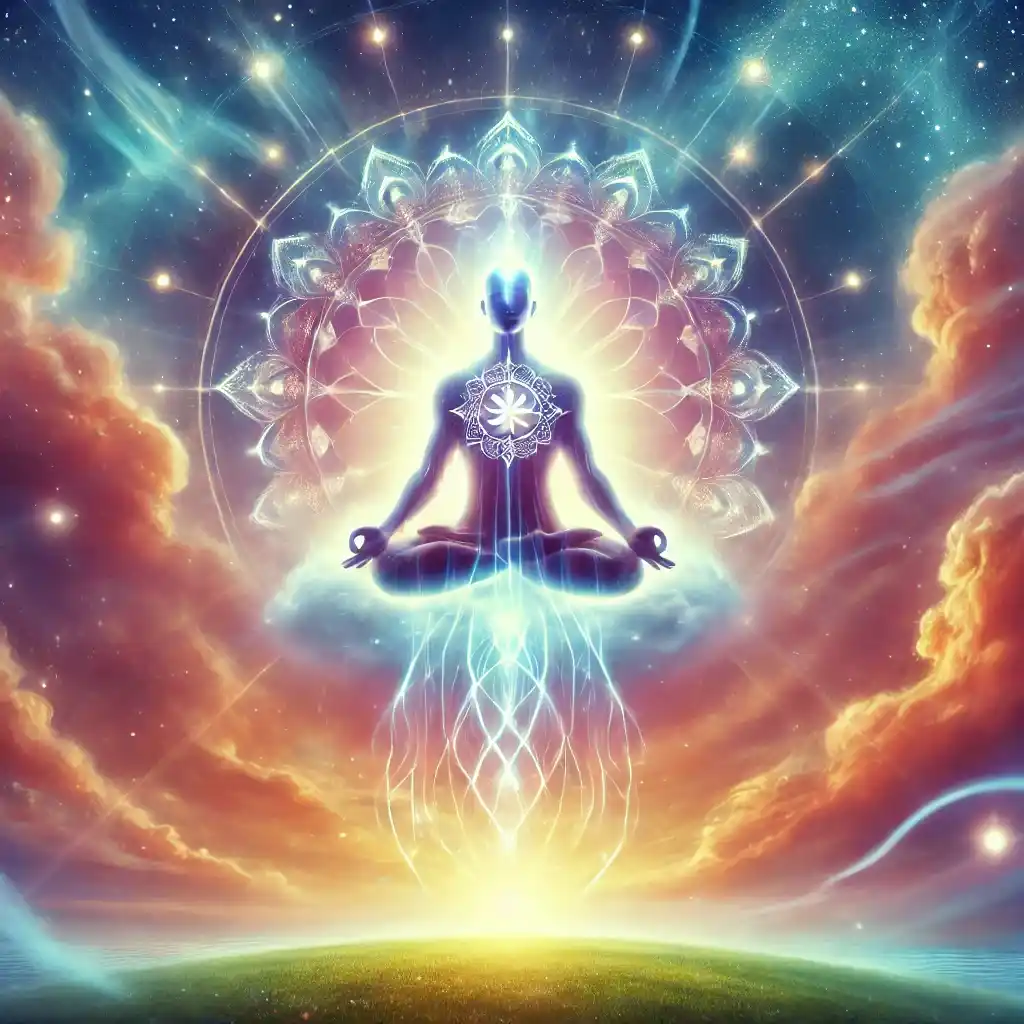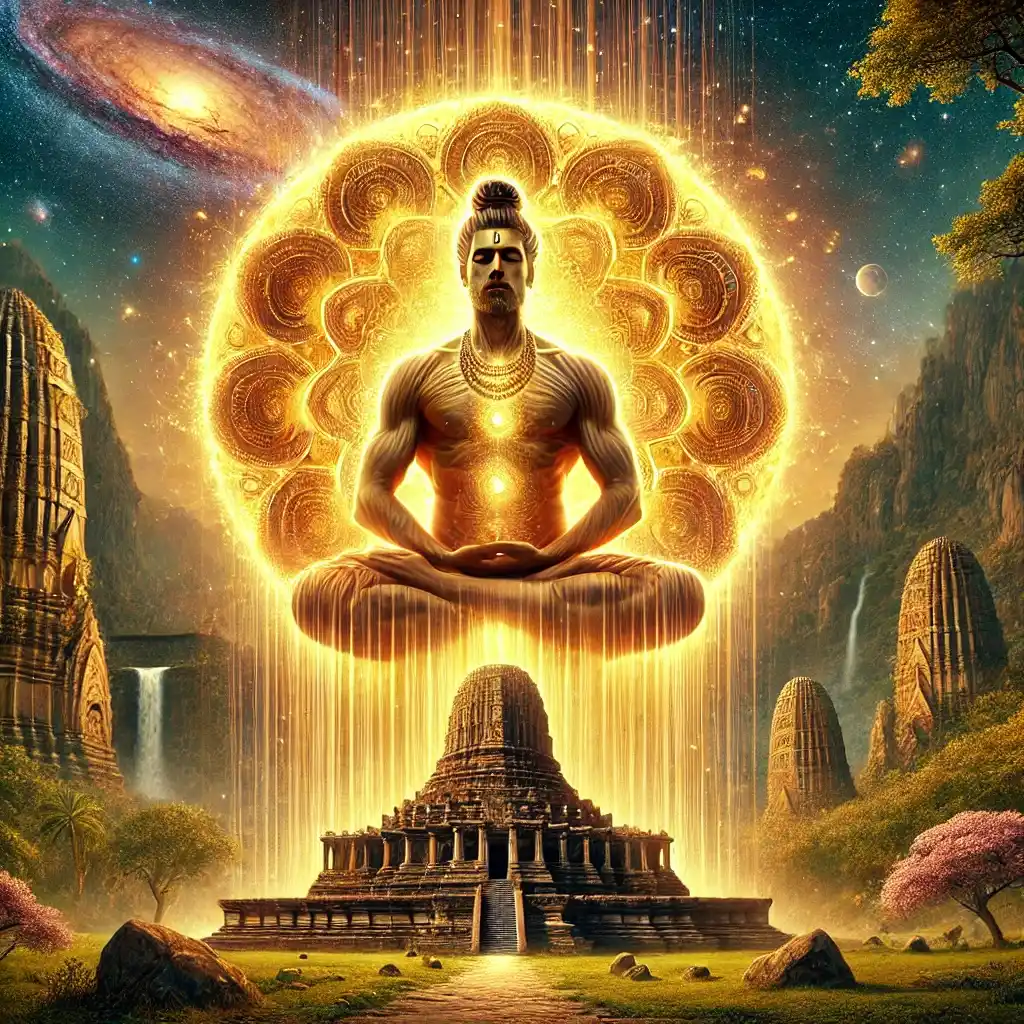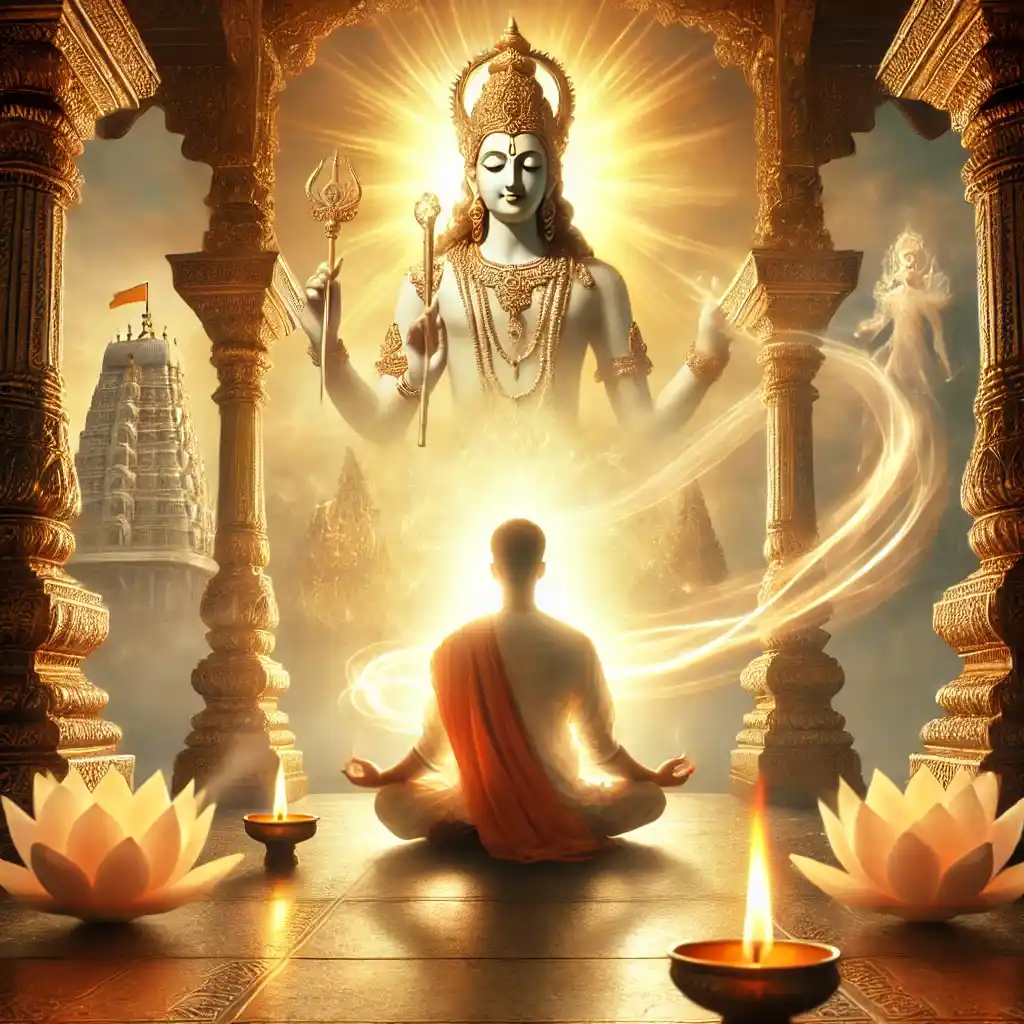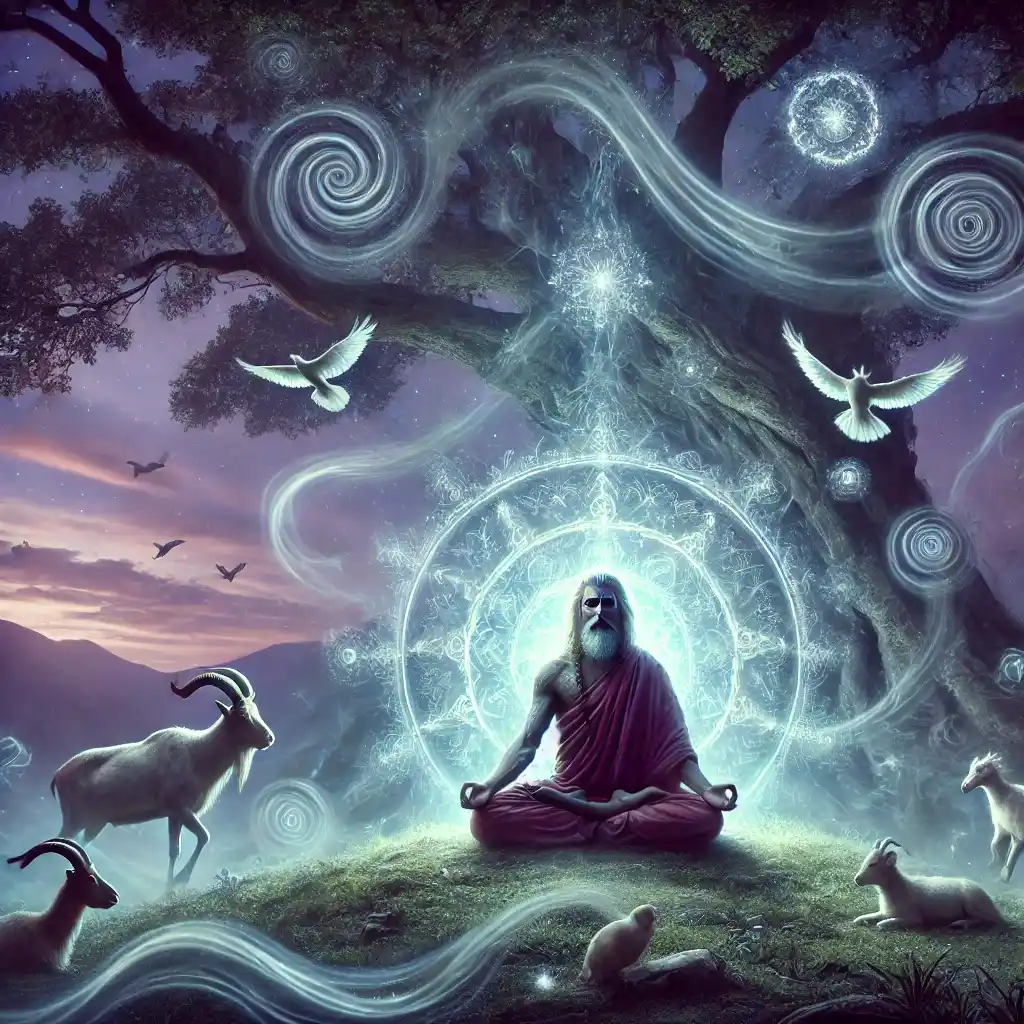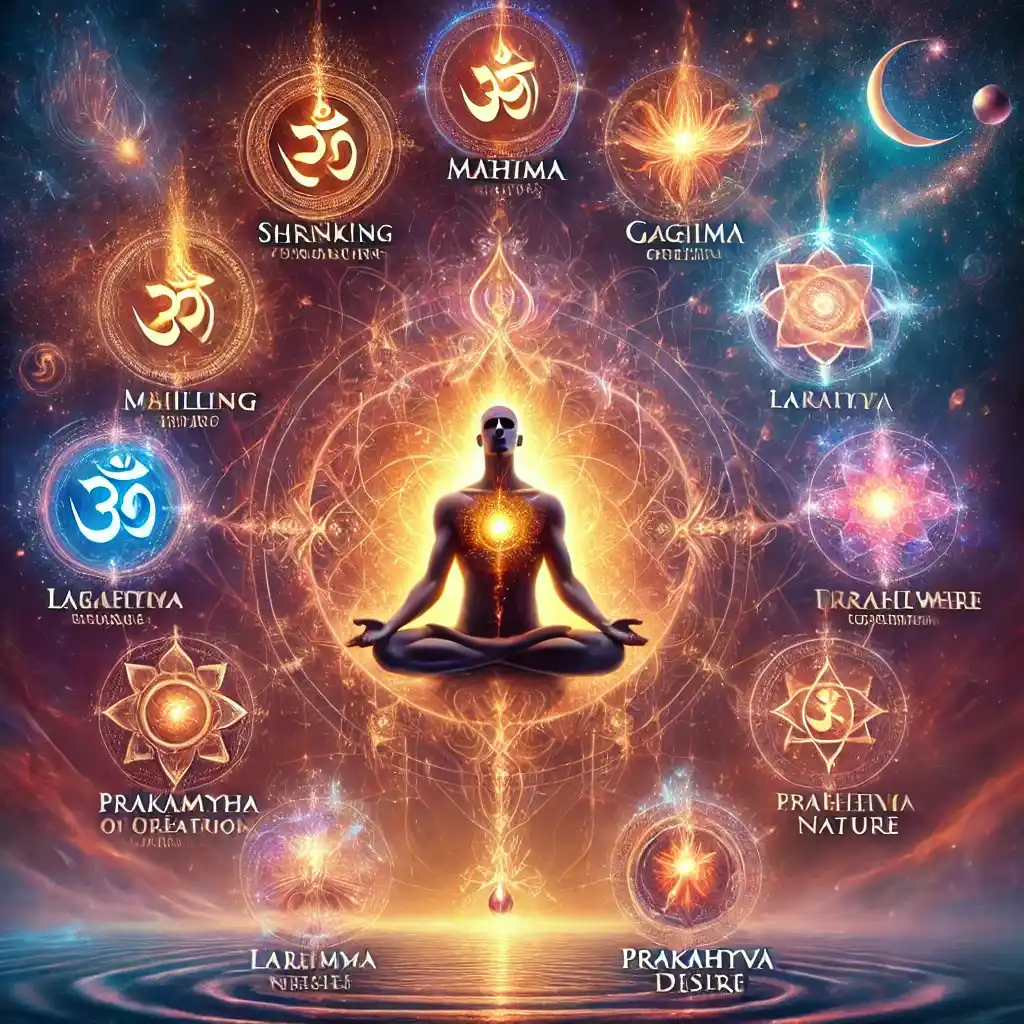
Ashta Siddhis
Ashta Siddhis
Understanding the 8 Siddhis: The Supernatural Powers in Hinduism
In the vast, spiritually rich tradition of Hinduism, there exists a concept that has fascinated seekers and practitioners for centuries—Siddhis. These supernatural abilities, often referred to as "Ashta Siddhis" (Eight Siddhis), represent the pinnacle of spiritual accomplishments that one can achieve through intense meditation, unwavering devotion, and mastery over the self. While these mystical powers might seem like something out of a mythological tale, they hold deep symbolic meaning in Hinduism, highlighting the vast potential within each human being.
Whether through yogic disciplines, as outlined in the ancient Yoga Sutras of Patanjali, or through the stories of divine beings and saints like Lord Hanuman, these Siddhis are revered as signs of spiritual maturity. However, they are not the ultimate goal of the spiritual path. Attaining a Siddhi is seen as a byproduct of spiritual progression, a milestone on the long journey toward moksha (liberation), the ultimate spiritual goal in Hinduism.
In this blog, we will delve deeply into each of the eight Siddhis, exploring their meanings, mythological references, spiritual interpretations, and modern significance.
What Are Siddhis?
The term "Siddhi" originates from the Sanskrit word सिद्धि (Siddhi), which translates to "perfection," "accomplishment," or "attainment." Siddhis are powers that transcend the normal limitations of the human mind and body, allowing individuals to perform extraordinary feats. These are often seen as divine blessings or rewards for spiritual excellence and discipline.
In various Hindu scriptures, including the Puranas and Tantras, Siddhis are mentioned as the rewards for those who have achieved an advanced level of spiritual awareness. They represent the yogi's control over the physical and metaphysical realms. However, Hindu spiritual texts like the Bhagavad Gita and Patanjali’s Yoga Sutras caution against the use or misuse of these powers, as they can become distractions, inflating one’s ego and veering the practitioner away from the pursuit of the ultimate truth.
Anima Siddhi: The Power to Shrink
Anima is the first of the eight Siddhis, granting the ability to reduce one’s physical form to the size of an atom or even smaller. In modern terms, this Siddhi may seem like the stuff of science fiction, but in Hindu philosophy, it reflects the yogi’s mastery over the physical body, allowing them to transcend the ordinary laws of nature.
Mythological Reference: In Hindu mythology, Lord Hanuman, the embodiment of devotion and strength, is one of the most well-known bearers of Anima Siddhi. In the epic Ramayana, Hanuman utilized this power when he shrank himself to enter Lanka without being detected by its fierce guards. His small form allowed him to move stealthily in search of Sita, demonstrating not only his physical abilities but also his wisdom and cunning.
Spiritual Interpretation: On a deeper spiritual level, Anima symbolizes humility and the idea that one's true self is beyond physicality. The shrinking of the body represents the diminishing of the ego, illustrating the idea that to connect with the divine, one must become "small" or self-effacing, shedding material concerns and embracing a higher consciousness. Anima encourages the seeker to remember that their true identity is not bound by size or form, but is infinite and all-pervading.
In the yogic tradition, mastery over Anima Siddhi is said to come from complete control over the body’s atoms and cells, proving the yogi’s understanding of the subtleties of existence.
Mahima Siddhi: The Power to Expand
Opposite to Anima, Mahima is the ability to expand one’s body to an immense or infinite size, transcending the normal constraints of physical space. A person with Mahima Siddhi can grow larger than mountains, oceans, or even the universe itself.
Mythological Reference: Mahima Siddhi is also exhibited by Lord Hanuman in the Ramayana. When Hanuman needed to cross the ocean to reach Lanka, he used Mahima Siddhi to grow his body to an enormous size, gaining the strength and momentum to leap across the vast distance. Later, when burning down the city of Lanka, he once again expanded his form to wreak havoc on the demon kingdom, emphasizing his unparalleled strength and devotion to Lord Rama.
Spiritual Interpretation: Spiritually, Mahima Siddhi symbolizes the expansion of the mind and soul to encompass the vastness of the universe. This power reflects the spiritual truth that the individual soul (Atman) is not limited to the body or the material world, but is, in fact, one with the infinite universal consciousness (Brahman). Mahima teaches us that true spiritual growth comes when we expand beyond our limited sense of self, realizing that we are part of a greater whole.
This Siddhi also represents the idea of cosmic consciousness—the ability to see beyond the immediate and mundane, to grasp the interconnectedness of all life. It speaks to the yogi’s understanding of the infinite and eternal nature of the universe.
Garima Siddhi: The Power of Immense Weight
Garima is the ability to become immensely heavy at will, making one immovable by any external force. This Siddhi gives the practitioner control over the gravitational force, allowing them to alter their density and weight.
Mythological Reference: In ancient texts, saints and sages who possessed Garima Siddhi were said to become so heavy that no one could lift them, not even the earth itself. This Siddhi was often demonstrated to showcase the practitioner’s unwavering connection to the earth and their unshakable resolve. In some stories, the sage who possessed Garima could sink into the earth due to their immense weight, symbolizing their deep connection to nature.
Spiritual Interpretation: Garima Siddhi is more than just the physical ability to become heavy; it also has a symbolic meaning of being grounded and immovable in one's convictions and spiritual journey. In a world full of distractions and temptations, Garima represents the strength to remain steady, unmoved by the pulls of materialism, ego, or worldly concerns. It is about being deeply rooted in truth and unwavering in the pursuit of spiritual liberation.
This Siddhi also speaks to the yogic principle of grounding—being connected to the earth, centered, and stable in both body and mind. The immovable nature of Garima represents spiritual balance, a state where external forces have no impact on the inner peace of the practitioner.
Laghima Siddhi: The Power of Weightlessness
Laghima is the power to become extremely light, enabling the practitioner to defy gravity and achieve levitation or flight. This Siddhi allows one to become lighter than air, free from the constraints of the physical world.
Mythological Reference: Throughout history, there are numerous accounts of yogis and saints who were said to have mastered Laghima Siddhi and could levitate during deep meditation. This power is seen as a reflection of the yogi’s control over the elements, allowing them to rise above the earth and transcend the laws of nature.
Spiritual Interpretation: Laghima Siddhi is symbolic of freedom from material attachments and the ability to rise above the burdens of life. When one is free from the weight of desires, fears, and worldly concerns, the soul becomes as light as a feather, capable of soaring to new spiritual heights. In this sense, Laghima represents spiritual liberation—the state of being unburdened and free from the gravitational pull of the ego and materialism.
From a yogic perspective, Laghima also illustrates the power of the mind over matter. It teaches that when the mind is disciplined and focused, it can overcome the limitations of the physical body, allowing the individual to experience higher states of consciousness and awareness.
Prapti Siddhi: The Power of Acquisition
Prapti is the ability to obtain or acquire anything from anywhere at any time. This Siddhi reflects the yogi's mastery over time and space, allowing them to manifest their desires or gain possession of distant objects.
Mythological Reference: Prapti Siddhi is often demonstrated in stories of saints and sages who could manifest objects at will, without the need to travel or make physical effort. For example, a saint with Prapti Siddhi might be able to bring a distant river to their location or materialize food and water out of thin air to help those in need.
Spiritual Interpretation: On a deeper level, Prapti Siddhi represents the understanding that everything in the universe is interconnected and that all things are accessible to those who are in tune with the divine. This power highlights the yogic belief that when one is aligned with the cosmos, they can attract whatever they need, be it material wealth, spiritual knowledge, or inner peace.
Prapti also symbolizes the idea of spiritual abundance. In the spiritual context, this Siddhi is not about acquiring material possessions but about recognizing that the universe is infinitely abundant, and all things are available to those who are in harmony with its flow.
Prakamya Siddhi: The Power of Fulfillment
Prakamya is the ability to realize or fulfill any desire, particularly the power to control natural elements and phenomena. This Siddhi signifies mastery over the elements of nature, including water, fire, air, earth, and space.
Mythological Reference: Prakamya Siddhi represents the yogi’s ability to exercise influence over the natural world through sheer willpower. One famous mythological example involves saints who were said to have walked on water or controlled fire at will. In many such accounts, these miraculous acts serve as demonstrations of their command over the physical elements.
Spiritual Interpretation: Prakamya, on a deeper level, symbolizes the complete unity between the individual’s will and the cosmic will. It reflects the belief that once an individual aligns with their higher self and the universal consciousness, they can bend the rules of nature. This Siddhi shows us that desires—when purified by spiritual discipline—can manifest into reality.
However, the fulfillment Prakamya speaks of is not about satisfying fleeting, material desires. Instead, it is about the realization that true fulfillment comes from being at one with nature and the divine. It reflects the yogi’s ability to live in harmony with the world, where their will naturally aligns with what is best for the greater good, enabling them to achieve whatever is necessary to support spiritual and worldly goals.
Prakamya also symbolizes inner fulfillment, the ability to find peace and satisfaction without external factors. It emphasizes that the power of desire is not wrong in itself, but the true fulfillment of desires is found when one's desires are aligned with the divine plan.
Ishatva Siddhi: The Power of Lordship
Ishatva, or the power of lordship, bestows upon the practitioner the ability to create, control, or destroy at will. This Siddhi grants the yogi mastery over life, death, and the natural laws of the universe, symbolizing the ultimate form of divine rulership.
Mythological Reference
Lord Krishna is often depicted as having this power, especially during the events of the Mahabharata. His control over time, space, and destiny, as demonstrated in the Bhagavad Gita, shows the ultimate manifestation of Ishatva Siddhi. Krishna not only influenced the events of the great war but also performed many miracles that defied the natural order, including granting divine vision to Arjuna to witness his universal form, which encompassed all creation.
In many Hindu texts, this Siddhi is associated with the supreme control that deities or advanced yogis have over the cycles of life and death. Those who possess Ishatva can bring life into being, take it away, or transform the material world at will, reflecting the power of divine creation and destruction.
Spiritual Interpretation
Ishatva Siddhi symbolizes the realization that we are all connected to the ultimate source of power—the divine consciousness that creates and sustains the universe. Those who attain this Siddhi have transcended their individual ego and connected with the universal self, becoming instruments of divine will. In this state, the individual’s actions are not dictated by personal desires but are aligned with the greater good and cosmic balance.
This Siddhi teaches us about the nature of divine responsibility. With great power comes the responsibility to use it wisely and selflessly. Ishatva reflects the yogic principle of detachment from the results of one’s actions, focusing solely on the righteous path and trusting that the universe will take care of the rest.
Vashitva Siddhi: The Power of Control
Vashitva is the power of control or influence, giving the practitioner the ability to command the natural world, animals, or even the minds of others. This Siddhi reflects mastery over external forces, allowing the individual to bring harmony and balance to their surroundings through their influence.
Mythological Reference
In Hindu mythology, various saints and rishis are said to have demonstrated Vashitva Siddhi by taming wild animals or influencing the minds of kings and rulers to act justly. For instance, sage Vishwamitra, through his spiritual prowess, was able to control the forces of nature and summon celestial weapons, showcasing his mastery over this Siddhi.
Another example is the story of Lord Krishna, who, through his divine influence, persuaded entire armies and powerful individuals to follow his counsel during the great battle of Kurukshetra in the Mahabharata. His ability to sway people’s hearts and minds for the greater good was a demonstration of Vashitva in its most divine form.
Spiritual Interpretation
Vashitva Siddhi is not about controlling others for selfish purposes; rather, it reflects the ability to harmonize the world around you. It teaches that true control is rooted in self-mastery. When a yogi has gained control over their own mind, senses, and emotions, they can then exert a calming, balancing influence on others. This Siddhi emphasizes the interconnectedness of all beings and the responsibility of those with spiritual power to guide others toward harmony, peace, and righteousness.
Vashitva also teaches the importance of influence through love, compassion, and understanding, rather than force. It suggests that true spiritual control comes from a place of inner strength, where one's actions naturally inspire and lead others to greater awareness and alignment with the divine.
The True Purpose of Siddhis in Spirituality
While the concept of Siddhis may captivate our imagination, Hindu philosophy makes it clear that Siddhis are not the end goal of spiritual practice. Instead, they are often considered distractions or tests on the path to enlightenment (moksha). Attaining a Siddhi can be a tempting achievement, but it’s important to remember that the ultimate purpose of any spiritual path is to transcend worldly attachments, including the ego’s desire for power.
In the Yoga Sutras of Patanjali, the sage Patanjali warns yogis that Siddhis, though impressive, can inflate the ego and keep the practitioner bound to the material world. The Siddhis should be viewed as secondary to the higher spiritual objectives of self-realization, inner peace, and union with the divine. Many saints and yogis who achieved these powers chose not to display them openly, as they recognized the dangers of becoming attached to them.
The Bhagavad Gita also emphasizes that the true path of a yogi is one of selfless service, devotion, and surrender to the divine. Even if one attains Siddhis, their focus should remain on dissolving the ego and seeking union with Brahman, the ultimate reality.
Final Thoughts: Siddhis and Modern Spirituality
In today’s fast-paced world, the idea of Siddhis might seem like mythological tales from a distant past. However, the symbolic meaning of these powers can still inspire us on our spiritual journeys. Siddhis remind us that the human potential is vast, and through inner discipline, meditation, and a connection with the divine, we can overcome the limitations of our physical existence.
While few may seek to attain Siddhis literally, they serve as metaphors for mastering the mind, body, and spirit. They encourage us to focus on personal growth, mental clarity, and the quest for inner peace. The real Siddhi in modern life is learning to control our desires, maintain inner balance, and act selflessly for the benefit of others.
As we explore the teachings of ancient yogis and saints, we can learn to apply their wisdom to our daily lives—using the principles of focus, discipline, and self-awareness to navigate the challenges of the modern world.

Discover the mystical power of Mahima Siddhi, one of the Ashta Siddhis in Hinduism. Learn how this spiritual ability allows for infinite expansion and unity with the universe through meditation and devotion. Explore the significance, methods of attainment, and its representation in mythology and modern spirituality
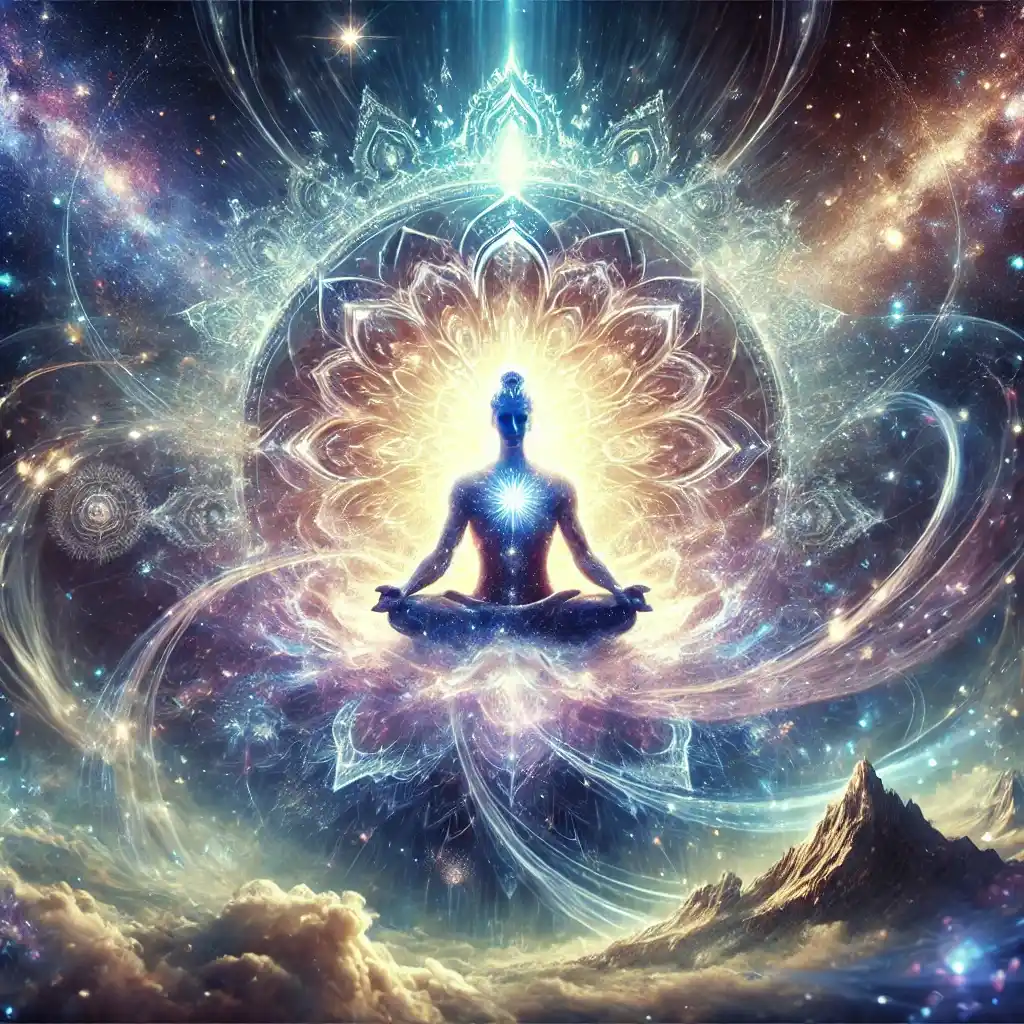
Discover the profound spiritual power of Prapti Siddhi, an ancient yogic ability that allows practitioners to transcend time and space, manifest desires, and access higher consciousness. Learn about its significance in Hindu mythology, the practices to attain it, and its role in spiritual growth

Explore the latest and most popular products available on Amazon, handpicked for your convenience! Whether you're shopping for tech gadgets, home essentials, fashion items, or something special, simply click the button below to view the product on Amazon. We’ve partnered with Amazon through their affiliate program, which means that if you make a purchase through this link, we may earn a small commission at no extra cost to you. This helps support our site and allows us to continue providing valuable content. Thank you for your support, and happy shopping!
